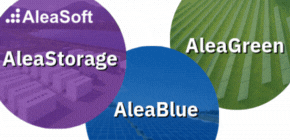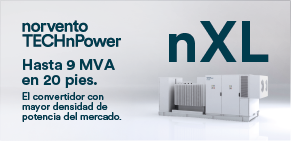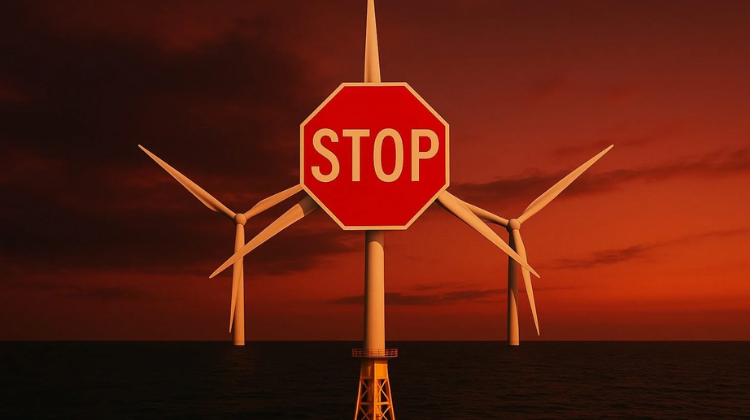The recent entry into force of the MiCA regulation (Markets in Crypto-Assets) not only marks a milestone for Europe’s financial ecosystem, but also lays foundations that could be applied to the tokenisation of renewable energy, explains Jorge Viñuelas, Head of European Affairs at beBartlet.
“The interesting aspect of the European regulation on stablecoins is that it has established a basic principle: if something is going to circulate widely and affect people’s savings, it must be fully backed, audited and subject to clear rules,” he told Strategic Energy Europe.
That same framework, he says, can be transferred to energy certificates and tokenised PPAs.
“Instead of allowing isolated projects without guarantees to flourish, the lesson from MiCA is that energy tokens should always be anchored to an official register, with supervision mechanisms in place, and offer investors the certainty that what they are buying corresponds to a real asset,” he adds.
Traceability and verification under the Green Deal
The framework of the European Green Deal and the EU Taxonomy requires increasingly robust evidence that a project is genuinely sustainable.
For Viñuelas, blockchain can play a decisive role, as it provides something that has so far been difficult to achieve: trust in data. Every kilowatt produced can be recorded, associated with a certificate and immutably stored.
“That means that a company claiming to consume renewable electricity can prove it hour by hour, with verifiable evidence.”
In this way, the EU’s demand for “fewer generic claims and more auditable evidence” on green investments can be met.
Global competition: Europe versus the US and China
The European Union now has a pioneering regulatory framework that could translate into a competitive advantage over other blocs.
“A token representing a fraction of the value of a solar park would be an Asset-Referenced Token under MiCA; the same applies to tokens that represent parts of energy production, which are classified as utility tokens,” Viñuelas explains.
Meanwhile, in the United States, the Genius Act regulates only payment stablecoins and there is no equivalent framework covering the tokenisation of energy assets. China, for its part, maintains a centralised system that restricts open innovation and limits international investors’ access.
The question, notes the beBartlet executive, is whether the European model will prevail: “What remains to be seen is whether this approach – regulating first and trusting that regulation will steer technology in a certain direction – ends up working better than the American approach, which tends to let technology develop and only steps in to regulate once concrete problems have emerged.”






























